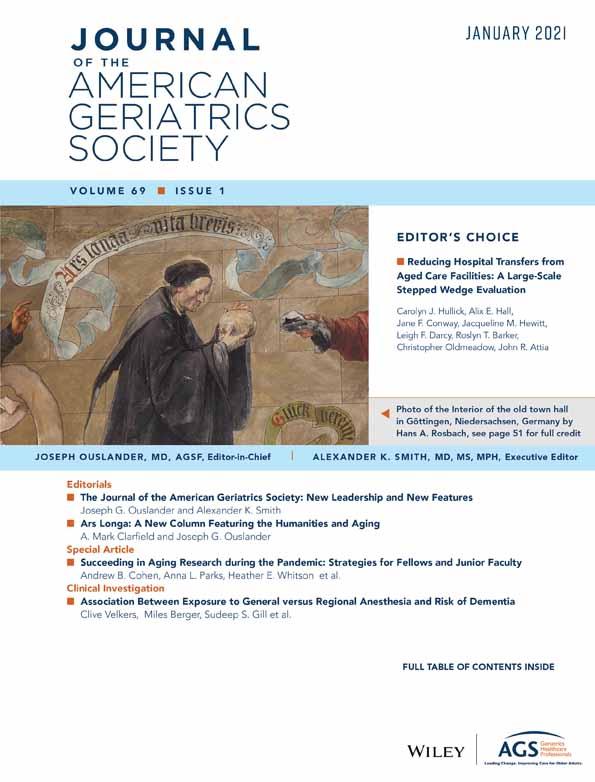Headline
Systematic review highlights cost savings and improvement in acute care utilization for Medicaid members and dually eligible individuals receiving home-based medical care.
Background
Most studies of home-based primary focus on the impact for Medicare enrollees, and few studies have measured the impact on health outcomes for Medicaid members, including individuals dually eligible for both Medicare and Medicaid. This review analyzed cost savings and changes in acute and long-term care utilization amongst Medicaid members studied in 16 articles.
Findings
The review included evaluations of specific home-based medical care programs where the study population was part or all Medicaid members. The evaluations observed reductions in Medicaid fee-for-service costs, hospitalizations, and emergency department visits for home-based primary care delivered by nurse practitioners or interdisciplinary teams. Fewer long-term care placements for programs integrated with Medicaid long-term services and supports were also observed. Characteristics that were common across the studied programs included 24/7 access to care and the presence of nurse practitioners and primary care providers to support the full spectrum of care needed by a member.
Policy/Program Takeaways
State Medicaid agencies and managed care plans that serve Medicaid and dually eligible individuals can use this review to design home-based primary care programs for their members and explore connections with existing home- and community-based services.

